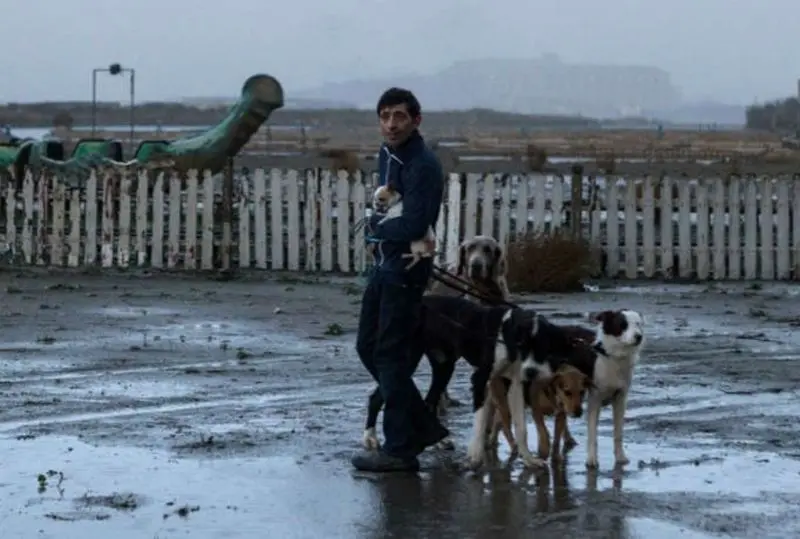Escape from reality
In Reality (winner of the Grand Prix at the Cannes Film Festival), Luciano is a fishmonger on the outskirts of Naples with a talent for entertainment that we see at the start of the film when he appears for wedding guests cross-dressed as a woman. The reception location is the Grand Hotel La Sonrisain Sant’Antonio Abate (province of Naples), a Baroque building featured previously in Garrone’s 1998 documentary, Oreste Pipolo Fotografo di matrimoni, that became famous with the film and brought to the attention of a wider clientele beyond the local reach was eventually chosen to be a key setting for the TV show My Crazy Italian Wedding. In the film, Luciano auditions for the Big Brother TV show and, subsequently, while awaiting the answer that he is certain will be positive, begins a slow, total detachment from reality that will lead him to a distorted perception of everything around him. Many of the events take place in some of the Vesuvian villas on the Golden Mile, the stretch of road that leads from Herculaneum to Torre del Greco whose abundant citrus trees made it “golden”. Today, sadly, many of these villas are abandoned and in total decay. The fishmongers where Luciano works and jokes with clients was entirely built in the ample inner courtyard of Villa Pignatelli di Monteleone (1728) in the Barra neighbourhood in Naples’ Eastern suburbs, while Villa Pignateli di Montecalvo (1747) in the small centre of San Giorgio a Cremano, provided the setting for the apartment where he lives and where, overcome by megalomania, he gives away his furniture to neighbours.


